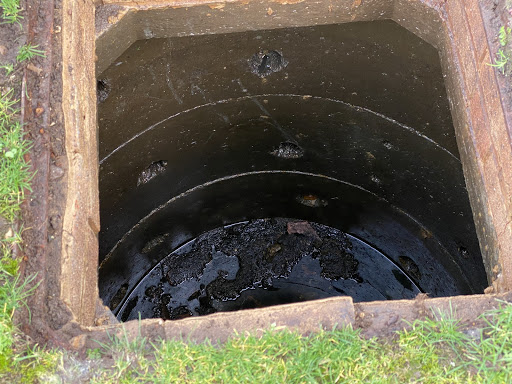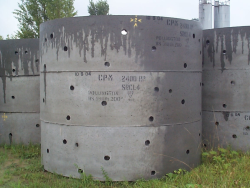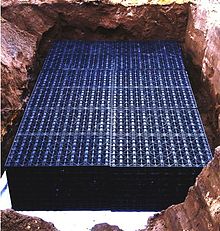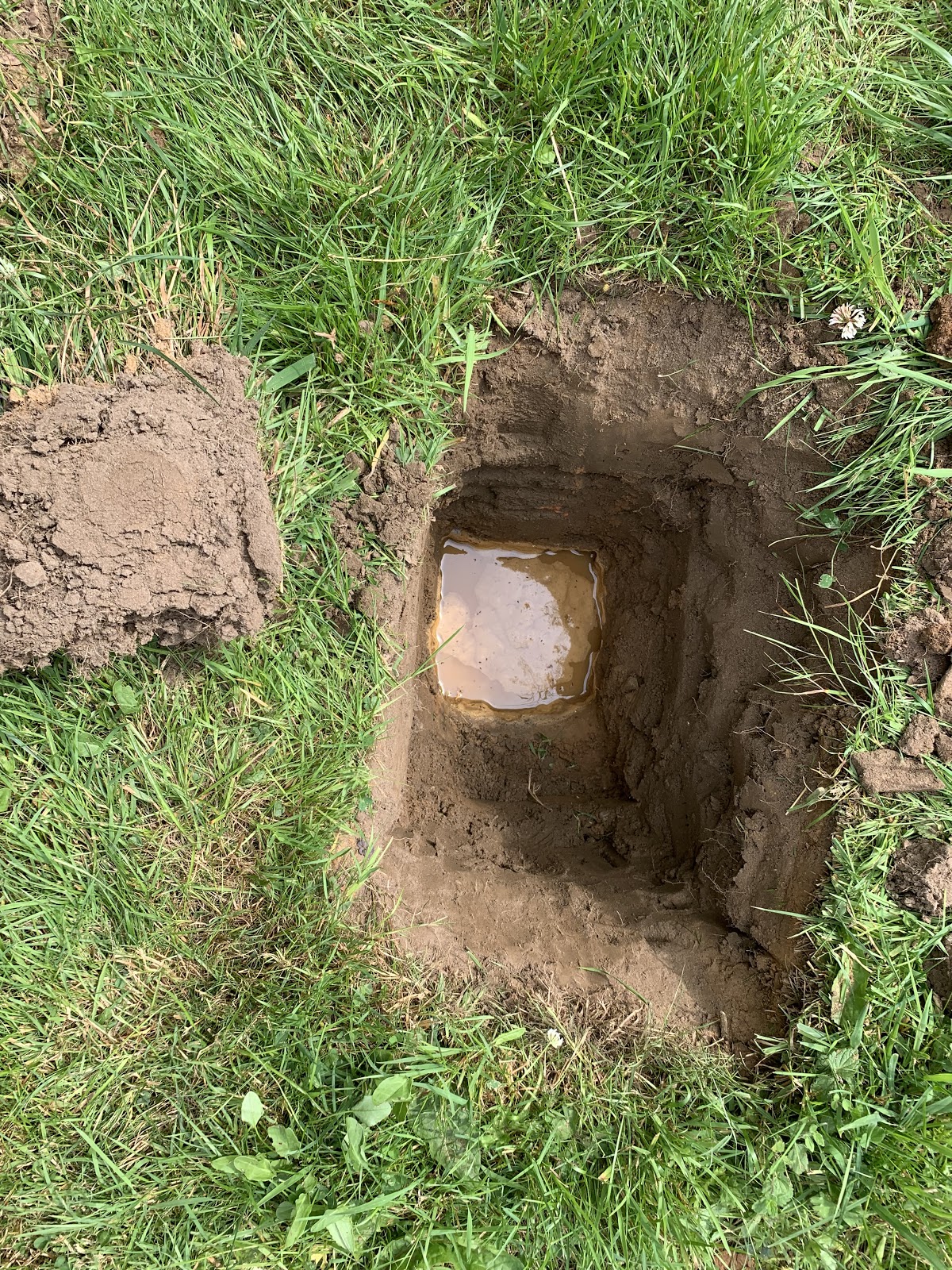What is a rainwater soakaway?

A rainwater soakaway is essentially a hole in the ground that holds collected surface water until it has a chance to naturally soak into the surrounding soil.
Here at ASL Limited, we install soakaways and drainage fields in domestic and commercial areas throughout the UK. This article aims to provide insight to help you make an informed decision about whether your rainwater and surface water run-off is contributing to a much larger problem than you might think.
With the annual average rainfall in the UK reaching 1,392 millimetres in 2019 (ref:https://www.statista.com), where that rainwater ends up is becoming a more talked about topic every year.
"Doesn't rainwater just soak into the ground?" we hear you say, and yes it does, but only where it lands on porous ground like soil. As soon as it hits concrete, patios or rooves then it runs off to somewhere else. If that 'somewhere' happens to be the public sewer system, the sheer quantity of water can cause pollution on a huge scale AND it does more often than you know.

Rainwater soakaways are the preferred solution to disperse excess surface water in any situation.
A rainwater soakaway is designed to drain excess rainwater (this may also be known as surface water runoff). If the ground is not suitable for a surface water soakaway then you can look at alternative solutions like connecting to a surface water sewer. If you are experiencing flooding on your driveway or patio then you could divert this water to absorbent ground via a gully or channel drain.
If you are experiencing waterlogging on your lawn then a drainage field could help disperse the water more effectively, however it may also be an indication that your ground is not suitable for a soakaway. In any case, percolation testing would be advisable to establish the best solution.
Get in touch on 0800 181 684 to have a rainwater soakaway installed.
How does a rainwater soakaway work?

A rainwater soakaway is an underground container to which all the surface water from your roof guttering, downpipes, surface water gullies and channel drains can be fed to and stored until it can naturally soak into the surrounding ground. A surface water soakaway can be constructed in various ways; from the old fashioned pit filled with rubble to a more modern crate soakaway or perforated concrete rings. All of these work in a similar fashion by having a ‘void’ for storage capacity and the capability for the water to escape into the surrounding soil.
How big is a soakaway?
The size of a soakaway depends on three main factors; the total square meterage of the area to be drained (roof space, patio, etc), the porosity value of the ground (usually determined via a percolation test), and the average annual rainfall in your area. These values will provide the information required to accurately size a surface water soakaway to suit your requirements. The larger the area to be drained, the more comprehensive the soakaway solution will need to be to prevent the ground from becoming flooded or waterlogged during a heavy storm or prolonged wet weather.

Do you need a soakaway?
There are a number of reasons you may need a soakaway. For those who live in areas prone to stormy weather and heavy rains, soakaway installation would be beneficial.
If you find that your lawn becomes easily waterlogged, an in-depth survey – including test holes at different depths will determine if installing a soakaway or drainage fields, raising the lawn, and adding porous material, could be beneficial.
If you give us a call and describe what the problem is we are happy to help you understand what the problem might be and discuss what options might be available to solve it. Before any estimates are confirmed we would need to come and have a look properly and could arrange a time that’s suitable for a site visit.
Our number is 0800 181 684 and our friendly office team are waiting to hear from you.
To find out more about surface water drainage, how to find out what type you have and the effects it can have on the environment have a read of our blog article entitled: 'Surface water drainage: what is it and how does It work?'

